Traditional dark roofs contribute to elevated indoor temperatures and increased energy consumption during warmer months, leading to higher cooling costs and uncomfortable environments. Cool roofing systems, like reflective coatings or white roof systems, minimize heat transfer through sunlight reflection, reducing energy bills and fostering sustainability. These systems are gaining prominence as a sustainable solution for energy management, especially in urban areas where the 'urban heat island effect' is pronounced. By reflecting solar radiation, cool roofs keep buildings cooler, reduce strain on air conditioning units, and offer long-term savings for both commercial and residential properties. Choosing the right material based on reflectivity, durability, and environmental impact ensures optimal energy efficiency. Case studies and examples from major retailers demonstrate the effectiveness of cool roofing systems in reducing temperature and energy consumption, making them a standout game-changer in sustainable building practices.
“Unveiling the secret to efficient energy management, this article explores the transformative power of reflective roofs in the modern market. Traditional rooftops often contribute to excessive heat absorption, driving up cooling costs. Herein, we introduce cool roofing systems—a sustainable and innovative solution. From understanding heat absorption’s hidden impact to showcasing successful case studies, this guide covers everything. Discover how reflective roofs reduce energy consumption for both commercial and residential properties, making them a smart choice for forward-thinking businesses. Explore the benefits and learn about selecting the ideal cool roofing material with our comprehensive expert advice.”
- Understanding Heat Absorption: The Hidden Cost of Traditional Roofs
- Introduction to Cool Roofing Systems: A Sustainable Solution
- How Reflective Roofs Reduce Energy Consumption
- Benefits of Cool Roofing for Commercial and Residential Properties
- Choosing the Right Cool Roofing Material: A Comprehensive Guide
- Case Studies: Successful Implementations of Cool Roofing Technology
Understanding Heat Absorption: The Hidden Cost of Traditional Roofs
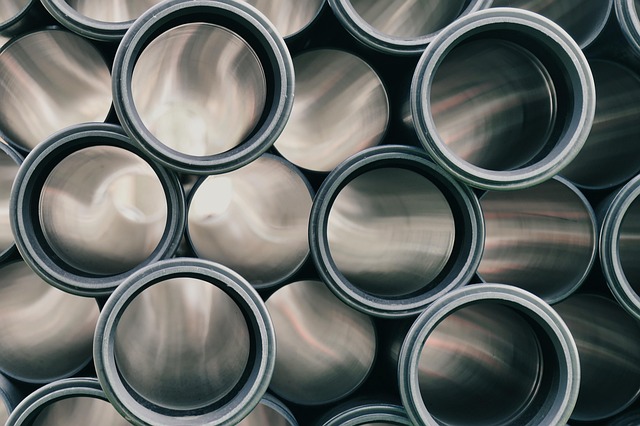
In many regions, traditional roofs act as silent contributors to elevated indoor temperatures and increased energy consumption. This is primarily due to a phenomenon known as heat absorption—when dark-colored materials absorb sunlight, they warm up, transferring that heat into buildings during warmer months. For commercial and residential spaces alike, this results in higher cooling costs and an uncomfortable living or working environment. The impact becomes especially pronounced in urban areas where the ‘urban heat island effect’ is prevalent, exacerbating the problem.
This is where cool roofing systems step in as a game-changer. A cool roof coating or white roof systems are designed to reflect sunlight, minimizing heat transfer. Reflective roofing is not just an aesthetic choice; it’s a strategic approach to energy efficiency and cost reduction. By choosing reflective roofing materials, homeowners and businesses can significantly lower their cooling bills while contributing to more sustainable and comfortable indoor spaces.
Introduction to Cool Roofing Systems: A Sustainable Solution

Cool roofing systems have emerged as a sustainable solution for managing building energy consumption and reducing environmental impact. These innovative systems are designed to reflect a significant portion of solar radiation, minimizing heat absorption and lowering cooling costs. As climate change concerns grow, architects, developers, and property owners are increasingly turning to cool roof coating technologies.
By adopting reflective roofing materials, such as white roof systems, buildings can stay cooler during hot weather, thereby decreasing the strain on air conditioning units. This simple yet powerful approach not only helps in energy conservation but also contributes to a more sustainable future. Many companies now specialize in providing advanced cool roofing solutions, incorporating the latest research and technology to create durable and aesthetically pleasing reflective surfaces that stand the test of time.
How Reflective Roofs Reduce Energy Consumption
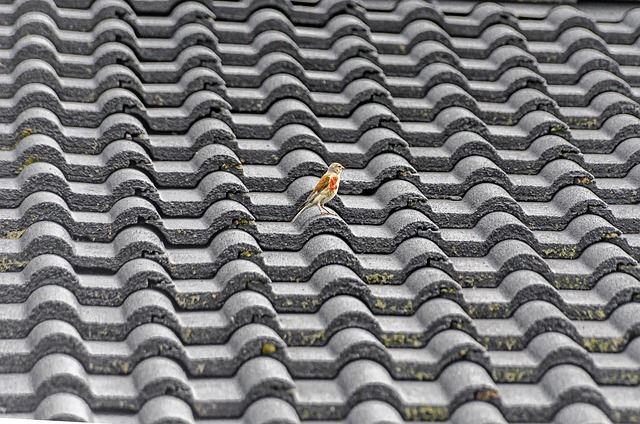
Reflective roofs have become a game-changer in the world of sustainable building practices, offering an effective solution to reduce energy consumption and lower cooling costs. These innovative cool roofing systems are designed to minimize heat absorption, reflecting a significant portion of the sun’s radiation back into the atmosphere. This simple yet powerful mechanism helps to keep buildings cooler, thereby reducing the reliance on air conditioning units.
By adopting reflective roofing, such as white roof coating or lightweight reflective materials, a cool roof coating essentially acts as an additional layer that bounces sunlight away from the building’s interior. This process prevents the heat transfer typically caused by traditional dark roofing materials, which can absorb and retain heat, leading to increased energy usage. As a result, buildings with reflective roofs experience reduced temperature fluctuations during hot seasons, creating a more comfortable indoor environment while significantly cutting down on electricity bills associated with cooling.
Benefits of Cool Roofing for Commercial and Residential Properties
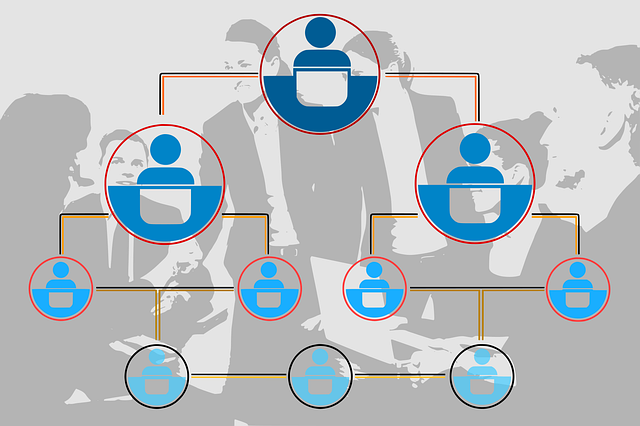
Cool roofing systems have emerged as a game-changer in both commercial and residential property management. By adopting reflective roofing or white roof systems, buildings can significantly reduce heat absorption during hot weather conditions. This simple yet effective strategy lowers cooling costs, making it an attractive option for environmentally conscious and budget-conscious property owners.
For commercial properties, cool roofs offer a long-term solution to minimize energy consumption and decrease carbon footprints. Businesses can enjoy improved operational efficiency and potentially lower maintenance costs in the long run. Similarly, residential homeowners can benefit from reduced electricity bills and enhanced indoor comfort without compromising on aesthetics. Cool roof coating is an easily applicable solution that transforms traditional roofs into energy-efficient ones, thereby contributing to a more sustainable future for all.
Choosing the Right Cool Roofing Material: A Comprehensive Guide
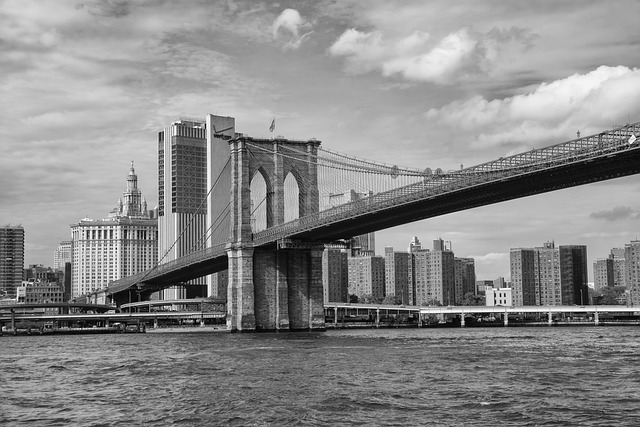
When considering a cool roofing system, selecting the right material is paramount to achieve optimal results. Factors like reflectivity, durability, and environmental impact should guide your decision. Top-tier cool roofing systems companies offer a range of options, from reflective roof coatings that bounce sunlight away to white roof systems known for their high heat reflection properties.
Each material has unique advantages. Reflective coatings provide an affordable and easy-to-apply solution, ideal for those seeking a quick upgrade. On the other hand, white roofs deliver superior long-term performance, often backed by extensive warranties. Understanding your building’s specific needs—from climate to structural integrity—is key to choosing between these and other reflective roofing innovations, ensuring you invest in a sustainable and cost-effective cooling solution.
Case Studies: Successful Implementations of Cool Roofing Technology
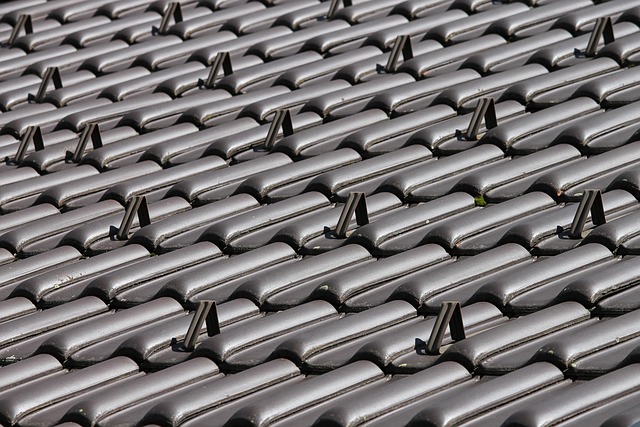
In recent years, numerous case studies have demonstrated the effectiveness of cool roofing systems in mitigating urban heat islands and reducing energy consumption for commercial and residential buildings alike. One notable example is the implementation of reflective roofing by a leading cool roofing systems company in several metropolitan areas. These projects involved retrofitting existing structures with white roof systems, showcasing significant drops in indoor temperatures and corresponding declines in cooling costs. The application of a cool roof coating further enhanced these results, proving that even older buildings can benefit from this technology.
Another successful story involves a major retailer who adopted reflective roofing as part of their sustainability initiative. By transforming their vast warehouse roofs into white roof systems, the company achieved notable energy savings and reduced its carbon footprint. This implementation not only highlighted the economic benefits of cool roofing but also served as a model for other businesses looking to embrace eco-friendly practices. These case studies underscore the versatility and efficacy of cool roofing technology, reinforcing its position as a game-changer in the pursuit of sustainable and cost-efficient building solutions.
